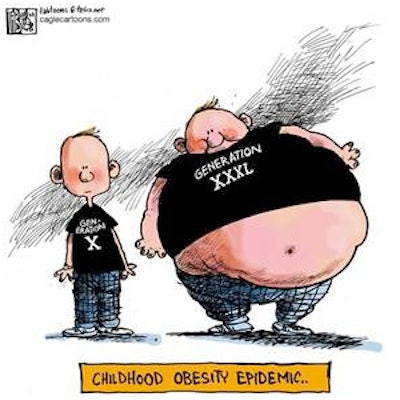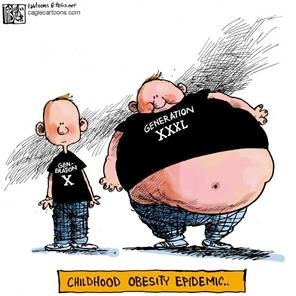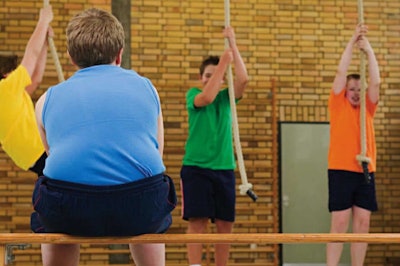
When one person walks into a room they may notice that the walls are painted blue; meanwhile their friend notices the room’s warm temperature. How we view things is based on our unique perspectives.
As an industry, health clubs may have a somewhat inaccurate perspective when it comes to certain topics.
This isn’t anybody’s fault. This error in perspective is simply an inevitable product of unavoidable circumstances.

If you, like me, have kids that are involved in sports, achieving that level of activity appears to be relatively easy. My son, who plays hockey, has two practices and two games coming up this weekend alone. My perspective is that he is getting his recommended activity.
RELATED: Weight Control and the Workplace: A Valuable Opportunity for Clubs
Of course, another perspective would see that he hasn’t had a game or practice all week, so many days are spent sitting in front of the Playstation, instead of being active. The ten minutes of recess per day, and two thirty-minute gym classes each week do not come close to helping him achieve the recommended level of activity.
Club owners should adopt the perspective that this report provides an opportunity to not only help kids be more active, but also carve out a niche that can help them improve their bottom line at the same time, by catering to an untapped demographic.
There is a chance to offer some great after-school fitness programs (or to reach out to the school in town and offer additional “gym” time). There is a chance to train young athletes as well as those that just need to move more to meet the recommended levels of activity. It really comes down to perspective.
It takes more than just scaling down traditional fitness programs and techniques, because while effective for kids, they may not be enough to get kids excited and committed to living a healthy lifestyle. In other words, look at it from a kid’s perspective.
RELATED: Obesity is Considered a Disease: What Does That Mean for Clubs?

But it also takes a shift in the way a club thinks of itself and its services—not to mention how it goes about letting others know about the shift. So, a self-aware perspective shift.
“Overall, just having a very proactive approach to get all kids involved rather than simply reacting when a child or family wants to get involved would go a long way to improving the health of children,” Rigsby advises club owners.
Sure, it may take some work to change your club’s perspective to be more inclusive of kids than just having a babysitting room for the little ones, to one that can help get the next generation fit. But, that shift allow, health clubs, not only help get kids healthy today, but turn them into members for years to come.
John Agoglia has spent nearly two decades either working in health clubs or writing about them. He currently writes for several digital and print publications in and out of the fitness industry.




































